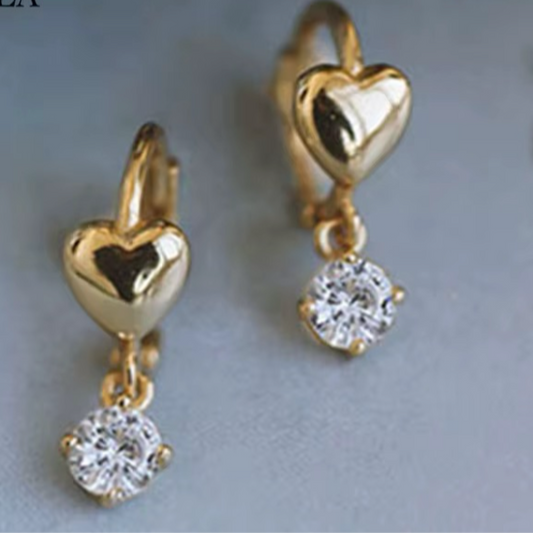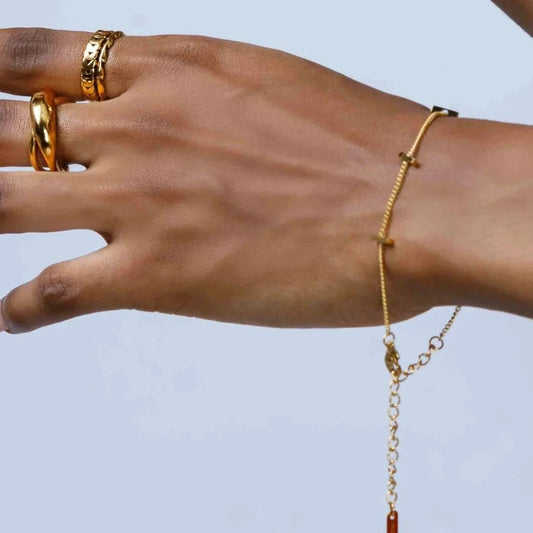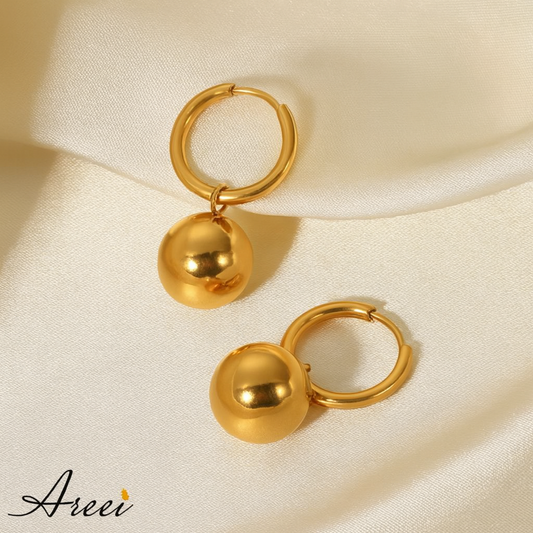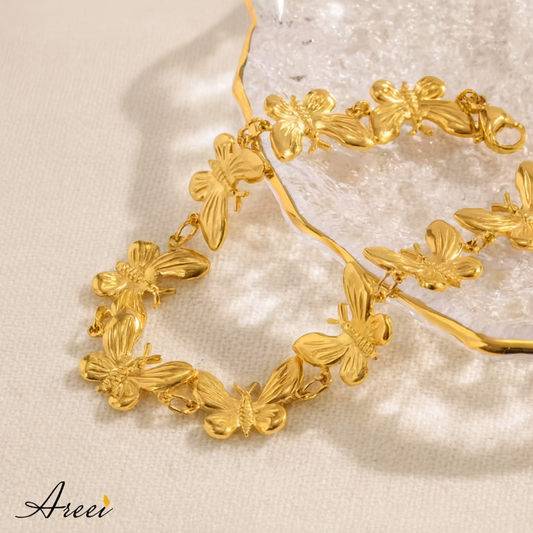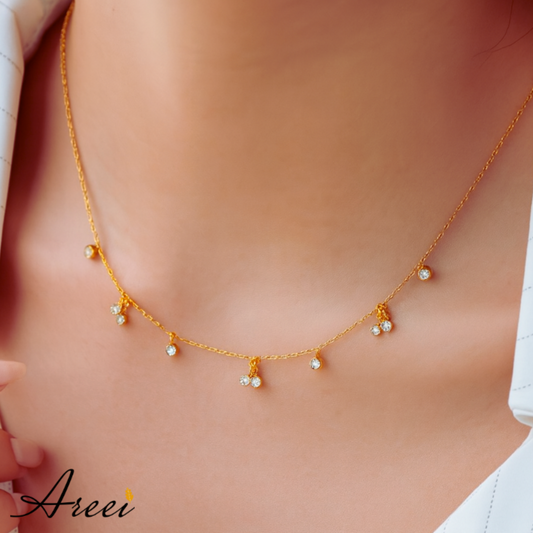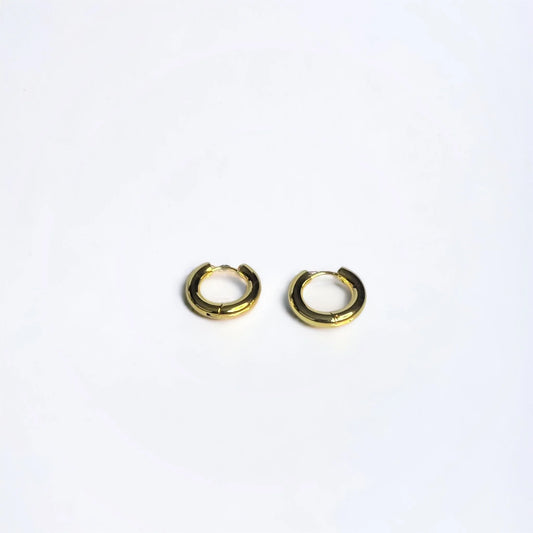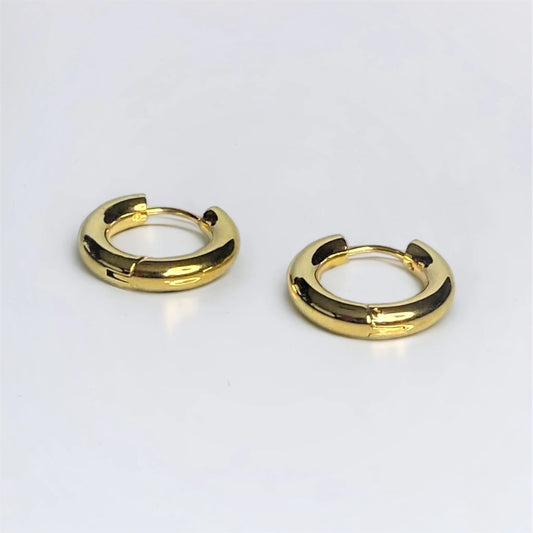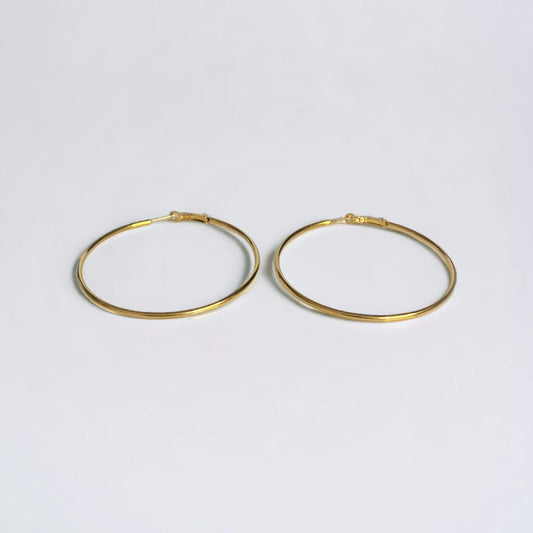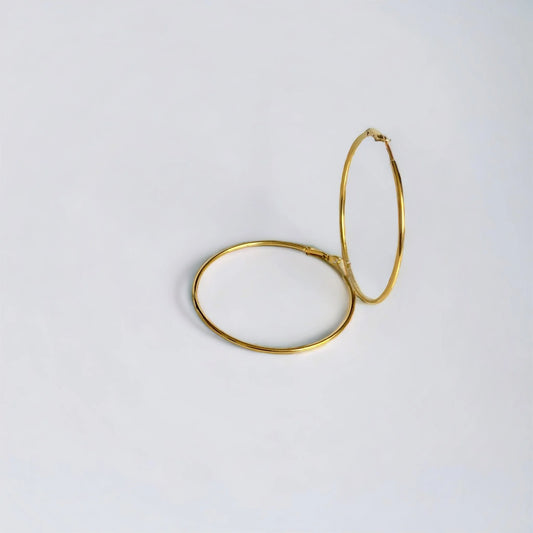How do you store or display your jewellery, do you keep it in a wooden box, glass surface or something else? When it comes to storing and displaying our precious jewellery, the surface material matters more than many people realise. We all have a wooden cabinet or a wooden drawer in our houses so it’s only natural for wood to be a popular choice to store your jewelleries and wood is also a popular choice for jewellery boxes, display stands, and home decor, but there's often confusion about whether wooden surfaces can potentially damage jewellery over time and that’s what this guide covers, that relationship between wooden surfaces and different types of jewellery.
How Wood Surfaces Can Affect Different Types of Jewellery
The interaction between wood and jewellery isn't the same for every jewellery; it varies significantly depending on the type of metal, gemstones, or other materials you have in your jewellery pieces. Understanding these specific relationships can help you prevent potential damage.
Can Wood Tarnish Silver Jewellery?
Well your silver jewellery unfortunately is particularly vulnerable to tarnishing when stored on or in wooden surfaces. This happens because:
- Wood naturally contains tannins and acids that can accelerate the oxidation process in silver
- These compounds react with silver's surface, causing it to develop a dark patina more quickly than it would otherwise
- Unfinished or poorly sealed wood releases more of these compounds, increasing the risk of tarnish
- Certain woods like oak, which are high in tannins, are especially problematic for silver
So if you store your silver pieces in wooden environments it’ll often develop tarnish patterns that correspond to their contact points with the wood and this is noticeable in areas where moisture can become trapped between the silver and wooden surface.
Does Storing Gold Jewellery on Wood Cause Damage?
If you have a pure gold (24K) jewellery you don’t have much to worry about; it is generally inert and resistant to damage from contact with wood. However, most gold jewellery contains alloys that can react differently:
- Lower karat gold (10K, 14K, 18K) contains other metals that may be susceptible to reactions with wood compounds
- Yellow gold tends to be more resilient than white gold, which often contains nickel or palladium that can react with wood acids
- Gold-plated items may see their plating wear away faster when frequently placed on wooden surfaces, especially if the wood is rough or unfinished
Although gold is less reactive than silver, extended contact with untreated wood, particularly in humid environments, can potentially cause discolouration or dulling of its surface over time so watch out for this.
Is Wood Safe for Gemstone or Pearl Jewellery?
Trifecta Gold Necklace from Areei
For organic gems and pearls they require special consideration when it comes to wooden storage:
- Pearls are highly absorbent and they can pick up stains, oils, and discolouration from wood dyes or treatments
- Porous gemstones like turquoise, coral, amber, and opals may absorb compounds from the wood which has the potential to affect their colour or integrity
- Even harder gemstones can have their settings affected if the metal components react with wood compounds
- Some wood treatments contain chemicals that can damage sensitive organic gems
The risk to gemstones varies based on their hardness, porosity, and composition. Diamond, sapphire, and ruby are unlikely to be affected by wood contact but other more delicate gems may require greater protection.
Why Jewellery Storage Materials Matter
Yes the storage materials matter, the ones you use to store and display your jewellery play a crucial role in maintaining their condition over time. So understanding why wood can be problematic helps you develop a better way and habit when it comes to storing your jewellery.
How Porous Materials Like Wood Absorb Moisture and Oils
Wood's natural properties make it both appealing and potentially problematic for storing your jewelleries:
- Wood is hygroscopic which means it absorbs and releases moisture from the surrounding environment
- This moisture absorption creates a microenvironment that can increase tarnishing and corrosion in metals
- Oils from wood (especially untreated varieties) can transfer to your jewellery surfaces
- Even sealed wood can gradually release compounds as the sealant ages or degrades overtime
- In humid climates, wood tends to absorb more moisture, increasing these risks
This moisture-absorbing quality of wood is one of the main reasons why jewellery stored in wooden boxes sometimes tarnishes even when not being worn. The wood creates conditions that promote oxidation and chemical reactions on jewellery surfaces.
The Impact of Untreated Wood on Metal Jewellery
Untreated or raw wood presents the highest risk to jewellery:
- Natural wood releases more volatile compounds than treated wood
- The rough surface of untreated wood can cause micro-scratches on soft metals like silver, gold, and copper
- Some woods like cedar, while excellent for preventing insects, contain oils and acids that accelerate metal tarnishing
- Freshly cut or "green" wood releases even more compounds as it continues to cure
Jewellery that frequently comes into contact with untreated wood may show signs of wear faster than pieces stored on non-reactive surfaces. The combination of chemical reactions and physical abrasion from wood grain can gradually diminish the luster of precious metals.
Alternatives to Wooden Surfaces for Storing Jewellery
Given the potential risks, several alternatives provide safer storage options:
- Felt-lined or velvet-lined compartments protect jewellery from direct wood contact
- Acid-free tissue paper creates a barrier between jewellery and wood surfaces
- Silica gel packets help control moisture in storage areas
- Glass or ceramic dishes make excellent short-term storage for everyday jewellery
- Metal jewellery trees with protective coating provide safe display options
- Individual plastic bags with anti-tarnish properties for pieces worn less frequently
These alternatives address the primary concerns of moisture, chemical reactions, and physical abrasion that can occur with wooden storage.
Tips to Protect Your Jewellery from Wooden Surfaces
If you love the aesthetic of wooden jewellery storage or already own wooden jewellery boxes, there are several ways to mitigate potential damage.
Should You Line Wooden Jewellery Boxes?
Lining wooden jewellery boxes is highly recommended:
- Lining creates a physical barrier between reactive wood compounds and your jewellery
- It reduces the risk of scratches from wood grain or splinters
- Specialized anti-tarnish linings can actively protect silver and other reactive metals
- Soft linings minimize movement and potential damage from jewellery pieces rubbing against each other
- Replaceable linings allow for periodic refreshing of the protective barrier
When selecting a jewellery box, look for options with quality linings already installed, or plan to add appropriate lining material yourself.
Best Materials to Use with Wooden Storage
Several materials work well as protective layers between wood and jewellery:
- Anti-tarnish cloth (containing silver sulfide inhibitors) is ideal for precious metals
- Soft velvet or felt provides physical protection and some barrier properties
- Microfiber cloth offers a non-abrasive surface that won't scratch delicate pieces
- Acid-free tissue paper works as a simple, economical option
- Silicone or rubber mats create moisture-resistant barriers
- Cotton (undyed and unbleached) serves as a breathable natural option
For maximum protection, combine materials—for example, use anti-tarnish cloth as a base layer with velvet or felt on top for additional cushioning.
How to Safely Display Jewellery on Wood Without Damage
If you wish to display jewellery on wooden surfaces:
- Apply a high-quality sealant to the wood to minimize compound release
- Place a protective cloth, felt, or anti-tarnish fabric between the wood and jewellery
- Ensure the wood is fully treated before using it as a display surface
- Clean both the wooden surface and jewellery regularly to remove oils and compounds
- Consider glass-topped wooden displays that allow the aesthetic of wood without direct contact
- Rotate displayed pieces regularly to minimize extended contact with any surface
For valuable or sentimental pieces, consider displaying replicas or photographs while keeping the originals in more protective storage when not being worn.
Practical Recommendations for Different Jewellery Types
Different jewellery requires different levels of protection from wooden surfaces:
For Silver Jewellery:
- Always use anti-tarnish cloth between silver and wood
- Consider airtight storage with anti-tarnish strips for pieces worn infrequently
- Clean silver thoroughly before storing after wear to remove skin oils that compound tarnishing effects
For Gold Jewellery:
- While less reactive than silver, still benefit from protective barriers
- Higher karat gold (18K+) is less concerning than lower karat pieces
- White gold may require more protection than yellow gold due to alloy content
For Pearl and Organic Gemstone Jewellery:
- Never store directly on wood surfaces
- Use soft fabric pouches designed for pearls
- Keep away from all wood oils and treatments
- Store in controlled humidity environments
For Diamond and Hard Gemstone Jewellery:
- Primary concern is protecting settings rather than the stones themselves
- Avoid scratching other pieces by using individual compartments or pouches
- Protect from dust that can accumulate in settings when displayed on open wooden surfaces
Wooden surfaces can indeed affect jewellery, particularly pieces made from reactive metals like silver or those containing sensitive organic materials like pearls. The natural compounds in wood, combined with its moisture-absorbing properties, create conditions that can accelerate tarnishing and potentially damage certain jewellery types over time.
Remember also that proper jewellery care involves not just where you store it, but also regular cleaning, careful handling, and appropriate maintenance based on the specific materials in each piece. By understanding how different surfaces interact with your jewellery, you can make informed decisions that will help preserve your collection for years to come.


